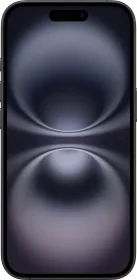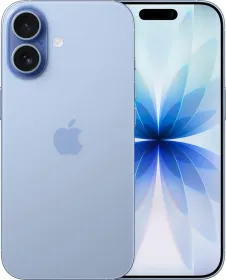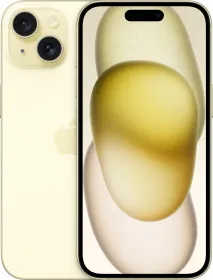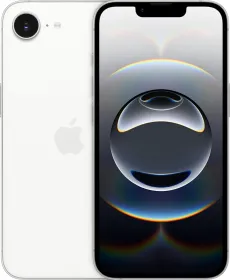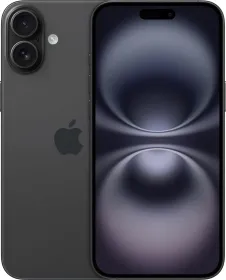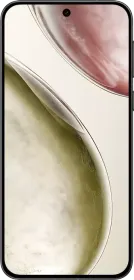Apple is finally taking the leap it has resisted for years: a foldable iPhone. After a decade of incremental design tweaks, Cupertino is preparing three radical redesigns starting with the slimmer iPhone Air this fall, followed by its first foldable iPhone in 2026, and a curved-glass iPhone 20 in 2027.
The foldable, internally code-named V68, is expected to arrive in fall 2026 as part of the iPhone 18 lineup. Suppliers are already ramping up production, signaling that Apple isn’t just experimenting, it’s betting big. If successful, this will be the company’s boldest hardware move since the original iPhone and a direct challenge to Samsung’s five-year head start in foldables.
If Apple nails this, the foldable iPhone could do for foldables what the first iPhone did for smartphones.
Apple’s First Foldable iPhone: What We Know About Launch and Codename V68
Reports suggest Apple’s suppliers are already working on parts for the foldable, with mass production slated to begin early next year. The timeline points to a fall 2026 release, positioning the foldable iPhone alongside the iPhone 18 lineup. For Apple, it’s not just another launch; it’s an entry into a category Samsung and Chinese OEMs have owned since 2019.

ALSO READ: iOS 26 Developer Beta 7 – 4 New Features You Must Know About
Design and Display: Apple’s Answer to the Galaxy Z Fold
Apple isn’t going with the pocket-friendly flip format. Instead, the V68 will be a book-style foldable, opening into a tablet-sized screen similar to Samsung’s Galaxy Z Fold series. That’s a safer, more practical bet as it targets power users, streamers, and multitaskers who want an iPad-style large screen without the bulk.
But there’s more. Apple is reportedly pivoting from on-cell touch sensors to an in-cell display, a move designed to reduce air gaps, hide the crease, and improve touch responsiveness. For a foldable, display quality is everything. Apple knows it can’t afford visible compromises here.
Touch ID Returns, But No SIM Slot This Time
In a nostalgic twist, Apple is bringing back Touch ID as the primary biometric unlock for the foldable. It’s a throwback to older iPhones, but also a practical design choice given the foldable’s form factor.
On the other hand, the foldable will reportedly ditch the physical SIM slot, just like the iPhone Air. That means Apple is doubling down on its eSIM-only future, whether users are ready for it or not.
ALSO READ: Pixel 10 Pro Fold vs. Galaxy Z Fold 7 – The Flagship Android Foldable Showdown
Four Cameras, Bigger Screen, and a Stronger Ecosystem Play
The foldable is rumored to pack four cameras: one on the cover display, one inside, and two on the rear. Apple’s challenge will be making these cameras perform as well as those on the Pro line, despite the foldables’ unique hardware constraints.
The bigger story, though, could be software. Imagine iPad-style multitasking brought into iOS on a foldable, split-screen apps, drag-and-drop, or even Apple Pencil support. If Apple executes, this could set the foldable apart from Samsung’s Galaxy Z Fold.
Apple’s Own C2 Modem: Cutting Dependence on Qualcomm
The foldable iPhone is expected to debut Apple’s in-house C2 modem, which reportedly delivers speeds close to Qualcomm’s latest Snapdragon modems. This is more than just a technical specs, it’s Apple tightening control over its ecosystem and reducing reliance on third-party suppliers. The same modem is expected to appear in the iPhone 18 Pro models as well.
ALSO READ: MG Cyberster First Drive Review – The everyday weekend sportscar
Colors and Early Supplier Production Plans
At this stage, Apple is reportedly testing the foldable in black and white, a conservative palette compared to Samsung’s brighter foldable lineup. But knowing Apple, additional colors could appear closer to launch. The fact that supplier ramp-up is already underway signals that this device is moving beyond rumor territory.
Foldable iPhone vs. Galaxy Z Fold: Can Apple Win Late?
Samsung may have a five-year head start, but history is on Apple’s side. The iPod wasn’t the first MP3 player, the iPhone wasn’t the first smartphone, and the Apple Watch wasn’t the first smartwatch, yet Apple turned each into a cultural phenomenon.
With better crease management, tighter iOS ecosystem integration, and Apple’s unmatched marketing machine, the foldable iPhone could finally push foldables into the mainstream.
Will it be expensive? Absolutely. Will it sell? Almost certainly. For Apple’s loyalists and early adopters, the foldable iPhone is poised to become the must-have gadget of 2026, no matter the price tag.
You can follow Smartprix on Twitter, Facebook, Instagram, and Google News. Visit smartprix.com for the latest tech and auto news, reviews, and guides.















